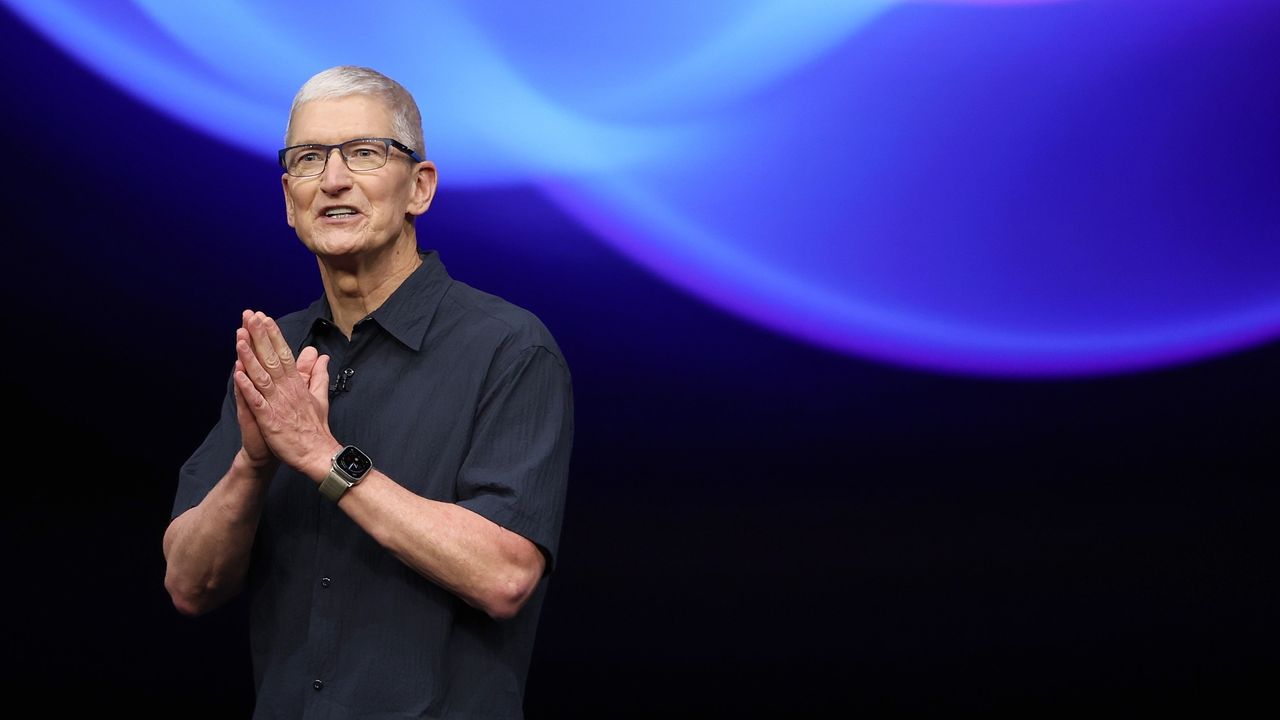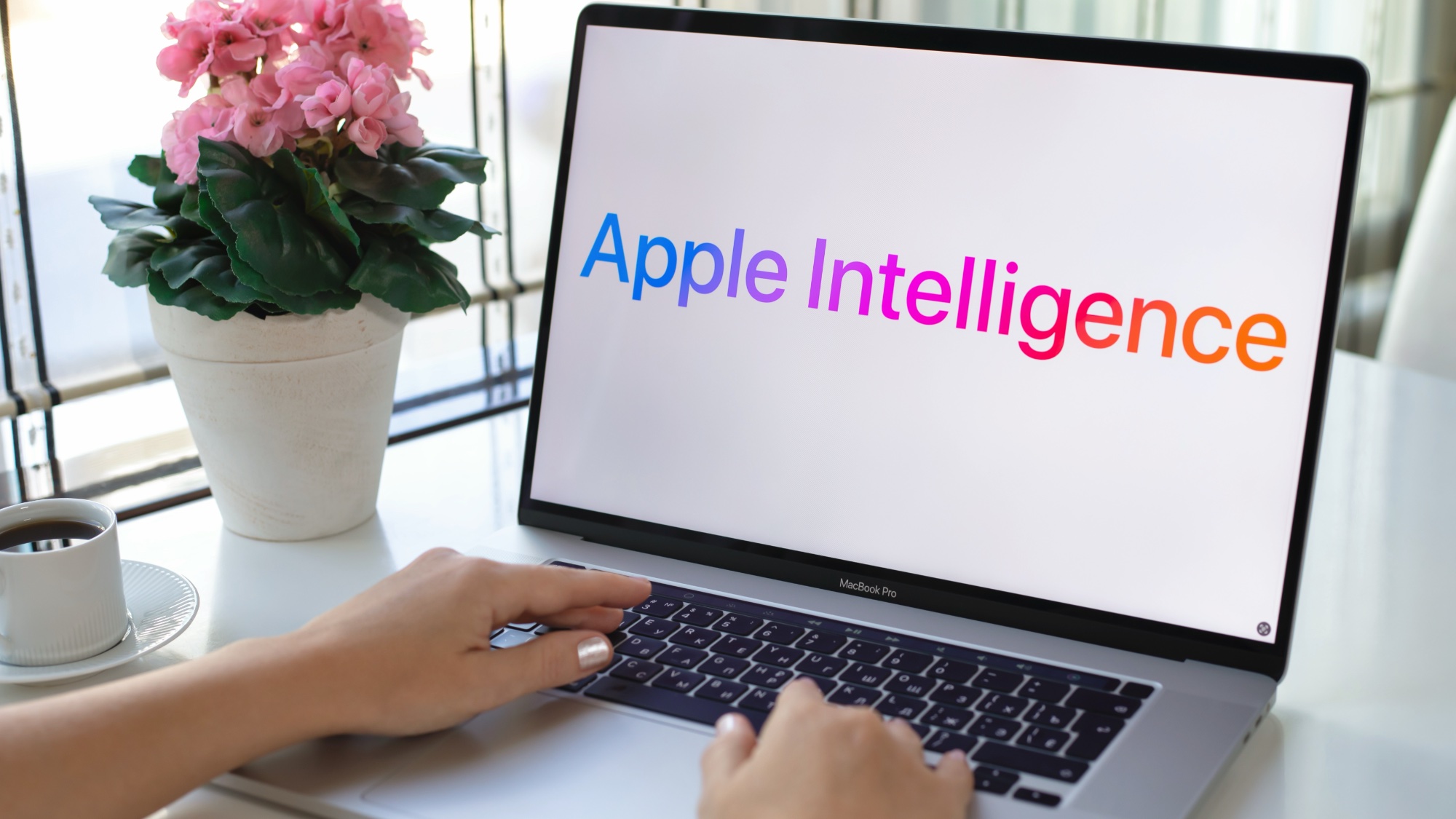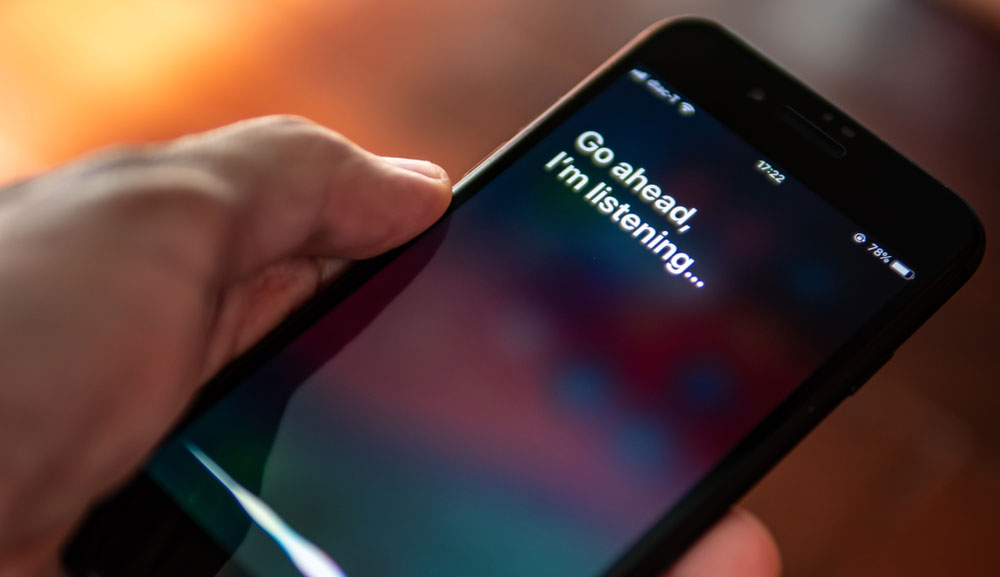
Apple’s push to catch up in the AI race has hit another serious roadblock. The company has lost Ruoming Pang, the highly respected leader of its foundation models team, to Meta — and insiders say the ripple effects are already being felt across Apple’s AI division.
Pang, who joined Apple in 2021 from Google DeepMind, was central to the company’s efforts to build its own large language models (LLMs). His departure, along with that of several close collaborators, signals deeper unrest within Apple’s AI ranks.
As reported by The Information, Pang's exit and its aftermath has led to an “earthquake inside Apple."
Why Pang’s exit matters

Pang was known for his hands-on technical contributions, including developing a key open-source training tool for Apple’s AI models. Under his leadership, Apple made strides in shrinking LLMs to run efficiently on iPhones, a critical part of its “on-device AI” strategy. But those advances came with internal tensions.
According to reporting from The Information, Pang’s team had wanted to release some of Apple’s AI models as open source earlier this year. This move could have shown progress while inviting collaboration from outside researchers.
But Apple exec Craig Federighi reportedly shut it down, concerned it would expose performance compromises Apple made to run the models on iPhones.
That disagreement was just one of many signs of friction between Apple’s research-driven foundation models team and its product-focused leadership.
A shift in power (and priorities)

Earlier this year, Apple reorganized its AI efforts following delays to its revamped Siri assistant. The Siri team was pulled from longtime AI chief John Giannandrea and placed under Federighi, who also oversees Apple’s software division.
Meanwhile, Pang’s team remained with Giannandrea, but the separation highlighted a growing divide between R&D and product execution.
Now, with Pang gone and several of his top researchers either leaving or exploring offers from OpenAI, Anthropic, and Meta, Apple faces a major talent drain at a critical moment.
Bloomberg recently reported that Apple is testing outside models, including those from OpenAI and Google, to power Siri, a move that reportedly disheartened many on the internal AI team.
The bigger picture

While Apple made headlines with its Apple Intelligence announcement in June, integrating ChatGPT into iPhones and showcasing writing and image-generation tools, the company’s own foundation models remain behind closed doors.
Insiders say there's still a lack of clear direction about whether Apple wants to compete head-to-head with models like GPT-4 or build more narrow, hardware-optimized tools.
In an interview with Tom's Guide following WWDC 2025, Craig Federighi, Apple’s senior vice president of software engineering, and Greg Joswiak, the senior vice president of worldwide marketing, made it clear that Apple doesn't want to make a chatbot.
Without Pang’s leadership and vision, some fear Apple’s internal AI efforts could stagnate, or become overly reliant on outside partners. Others remain optimistic that the hiring of Zhifeng Chen, a former Google engineer now leading the foundation models team, will bring fresh momentum.
Either way, Apple’s AI ambitions face a decisive inflection point. As rivals like Meta, OpenAI and Google continue to poach top researchers and ship headline-grabbing models, Apple must prove it’s still a serious contender in the generative AI era.







